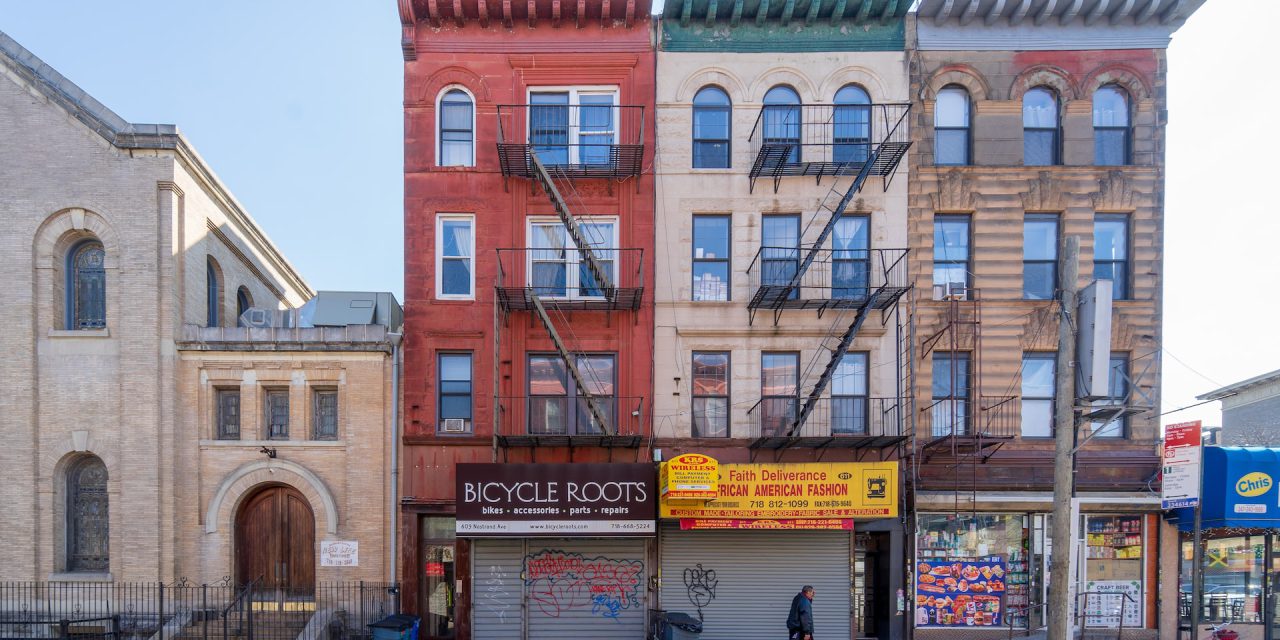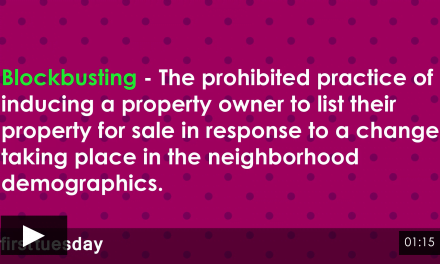New housing bills signed by the governor
California’s housing crisis has been an albatross around the state legislature’s neck for decades. Now legislators are hoping to kill one bird with two stones — for good luck this time.
In 2017, Gavin Newsom campaigned on a pledge to develop 3.5 million housing units by 2025. But even if that many units were ready for construction today, California’s residential construction workforce only has the capacity to build about a third of that number, according to Reuben Law.
At the same time, commercial retail and office space demand has declined since 2020. This is thanks to the sudden explosion in remote work fueled by the pandemic and consumer shift toward online shopping. Vacancy rates are inching up for office, retail and industrial real estate as the demand for these spaces has fallen beneath supply.
With all these factors in play, two bills aim to address them all at once.
Governor Newsom signed two pieces of legislation into law in September 2022, both of which streamline commercial conversions into residential buildings. These are Senate Bill (SB) 6 and Assembly Bill (AB) 2011.
The bills enjoy support across California labor unions. This is because instead of choosing between affordability and labor rules, the state legislature approved both approaches. Developers now have two options for converting commercial units to residential: to comply with stricter standards meeting low-income parameters (through AB 2011) or stricter labor standards for builders (through SB 6).
AB 2011
AB 2011, the Affordable Housing and High Road Jobs Act of 2022, permits multi-family developers to submit projects for a streamlined ministerial review process, which will be exempt from conditional use permits and environmental impact reports.
Under AB 2011, developers need to meet specified objective standards and affordability and site criteria. Some of that criteria includes building the development within a zone where office, retail or parking are a principally permitted use.
For affordability, there are two pathways developers may take: 100% of units will be below market rate or 15% of units below market rate when the projects are located on commercial corridors, i.e., strip malls.
In addition, AB 2011 requires contracts for construction workers to meet certain wage and labor standards. Workers will be paid at least the general prevailing rate of wages. For developments with 50 units or more, builders will need to participate in an apprenticeship program or request apprentices from a state-approved apprenticeship program. These larger building projects will also require developers to make specified expenditures for the construction workers’ healthcare.
AB 2011 goes into effect July 1, 2023 and sunsets January 1, 2033.
SB 6
SB 6, the Middle Class Housing Act of 2022, allows residential development within areas zoned for office, retail or parking uses when specific conditions are met.
These conditions include requirements for:
- density;
- public notice;
- comment;
- hearing;
- site location and size;
- consistency with sustainable community strategy or alternative plans;
- prevailing wages for builders; and
- a skilled and trained workforce.
Just as AB 2011, SB 6 goes into effect July 1, 2023 and sunsets January 1, 2033.
Related article:
California residential conversions limited by outdated zoning
Turning a corner towards conversions
These bills allowing mixed-use development in commercial zones will provide California an additional 1.6 to 2.4 million residential units, including up to 400,000 low-income homes requiring no government subsidies, according to estimates by UrbanFootprint.
This strategy also touts significant environmental benefits. Converting low-density commercial parcels to moderate density residential and mixed-use buildings uses less water and energy and produces fewer greenhouse gas emissions than typical housing development, according to UrbanFootprint’s analysis of San Francisco’s adoption of commercial corridor conversions.
Ultimately, legislators are leaning on conversions because of two main advantages: shorter completion times and lower costs. Many of the required building elements will already be in place, so developers aren’t starting from scratch. Paired with anemic office space demand, conversions are quickly becoming a favorite shortcut to help meet housing demand.
Watch for more conversions to take off in the 2020s as the benefits of restructuring commercial zoning codes gain traction.
The California Department of Housing and Community Development (HCD) will study the effects of AB 2011 and SB 6 in the coming years for a more comprehensive understanding of the advantages of mixed-use development in California.
For more legislative updates on mixed-use developments in California, subscribe to firsttuesday’s agent- and broker-centered weekly newsletter, Quilix.
Related article:
We have lift off! Multi-family conversions skyrocket in the 2020s














